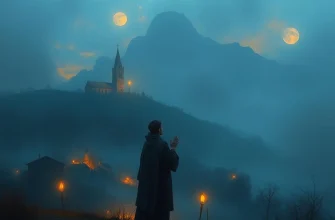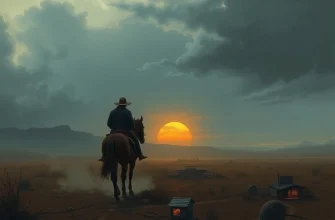Si vous avez été captivé par 'Le Tombeau hindou' (1959), ce film d'aventure et de mystère aux décors somptueux, vous adorerez découvrir d'autres œuvres similaires. Cet article vous propose 10 films et séries qui partagent la même ambiance exotique, pleine de suspense et de romance. Plongez dans des histoires tout aussi envoûtantes !
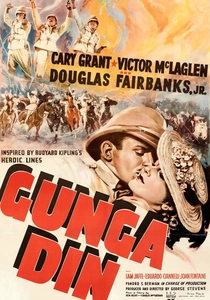
Gunga Din (1939)
Description: A rousing adventure set in colonial India that blends action, exotic locales, and cultural interactions. The film's mix of spectacle and human drama, along with its portrayal of British-Indian relations, creates thematic parallels.
Fait: The film was inspired by Rudyard Kipling's poem but bears little resemblance to it. Cary Grant performed many of his own stunts despite his fear of heights.
 Regarder
Regarder
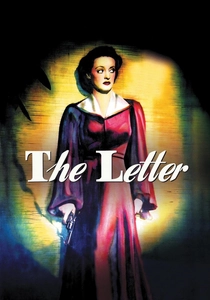
The Letter (1940)
Description: While not an adventure film, it shares the exotic colonial setting and explores themes of repressed emotions and cultural tensions. The atmospheric cinematography and focus on moral dilemmas in a foreign environment create a similar mood.
Fait: The opening shot of the moonlit plantation is one of the most famous in cinema history. Bette Davis's character was based on a real-life murder case in Singapore.
 Regarder
Regarder
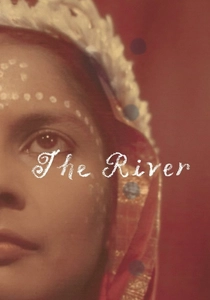
The River (1951)
Description: A visually stunning film that explores themes of cultural clash and personal transformation in an exotic setting, much like the reference title. The lush cinematography and focus on human relationships against a foreign backdrop create a similar emotional tone.
Fait: This was Jean Renoir's first color film and was shot entirely on location in India. It's based on the novel by Rumer Godden, who also wrote 'Black Narcissus'.
 Regarder
Regarder

The Bridge on the River Kwai (1957)
Description: A story of cultural collision and personal obsession set in an exotic wartime environment. The film's exploration of East-West relations and its grand scale production create thematic and visual similarities.
Fait: The bridge was built twice - once in Sri Lanka for filming and once in England for studio shots. The famous whistling tune was actually a WWII-era German march.
 Regarder
Regarder
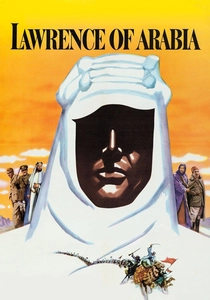
Lawrence of Arabia (1962)
Description: Epic in scale with breathtaking desert cinematography and a story about a Westerner navigating Eastern cultures. The film's exploration of identity, loyalty, and cultural collision resonates with similar themes.
Fait: The famous match-cut transition took three weeks to film. The movie was shot in 70mm Super Panavision, making it one of the most visually spectacular films of its era.
 Regarder
Regarder
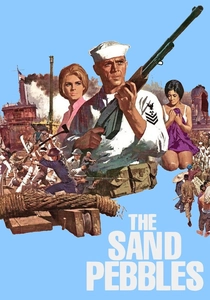
The Sand Pebbles (1966)
Description: Set against the backdrop of 1920s China, this film explores cultural clashes and colonial tensions through the lens of personal relationships. The detailed recreation of a foreign setting and focus on cross-cultural dynamics mirror the reference film's approach.
Fait: The film's title refers to the nickname of the fictional US gunboat. Much of the river footage was shot in Taiwan and Hong Kong.
 Regarder
Regarder
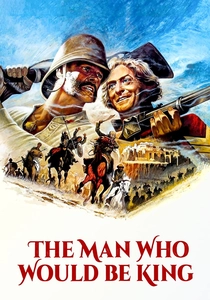
The Man Who Would Be King (1975)
Description: Features an adventurous narrative set in exotic locations with themes of ambition, cultural misunderstanding, and the clash between Western and Eastern civilizations. The grand scale and exploration of colonial attitudes mirror the reference film's approach.
Fait: The film was a passion project for John Huston that took 20 years to make. It's based on a Rudyard Kipling story of the same name.
 Regarder
Regarder
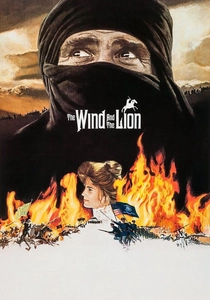
The Wind and the Lion (1975)
Description: A sweeping historical adventure that blends fact and fiction in an exotic setting, featuring themes of cultural confrontation and romanticized views of the East. The grand production values and mix of action with political intrigue create similar appeal.
Fait: The film was loosely based on a real 1904 diplomatic incident involving an American hostage in Morocco. Sean Connery played a Berber leader despite being Scottish.
 Regarder
Regarder
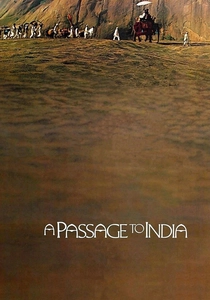
A Passage to India (1984)
Description: Examines British colonial India through complex personal relationships and cultural misunderstandings. The lush production design and focus on the psychological impact of cultural collision create similar thematic depth.
Fait: This was David Lean's final film. The famous Marabar Caves scenes were shot in a quarry in England with artificial rocks.
 Regarder
Regarder
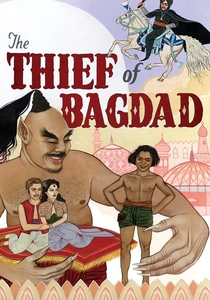
The Thief of Bagdad (1940)
Description: A lavish fantasy adventure set in an exotic, romanticized East, featuring spectacular production design and visual effects. The film's sense of wonder and adventure in a foreign land creates a similar escapist appeal.
Fait: The film's production was interrupted by WWII, forcing relocation from England to America. It won three Oscars for its groundbreaking visual effects and color cinematography.
 30 jours gratuits
30 jours gratuits





